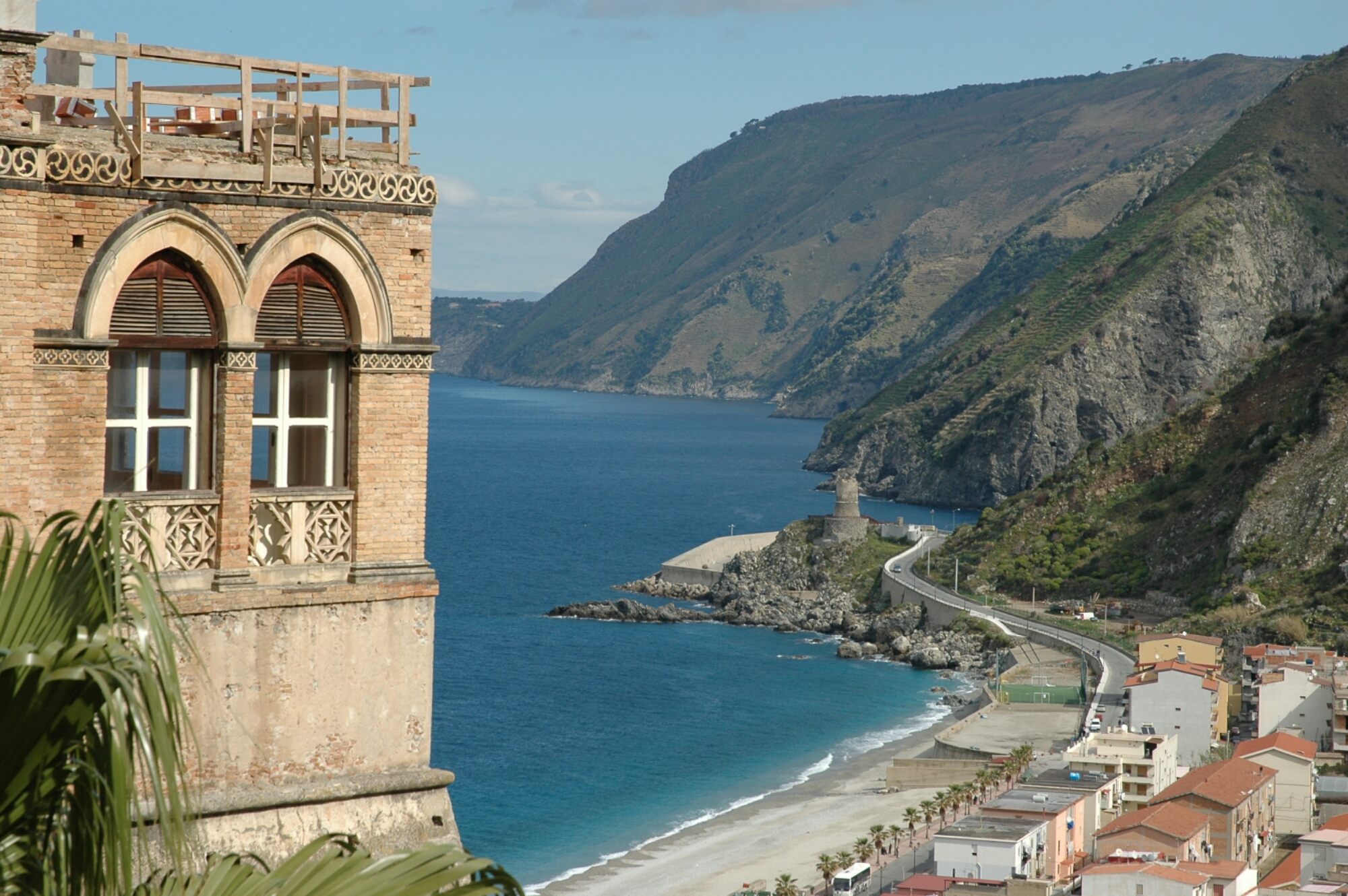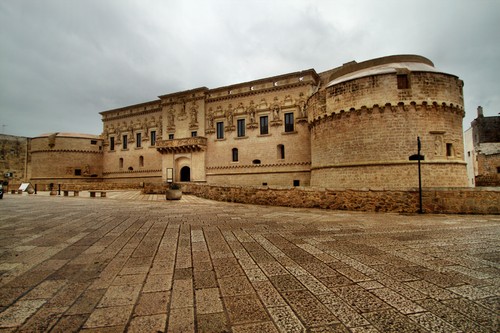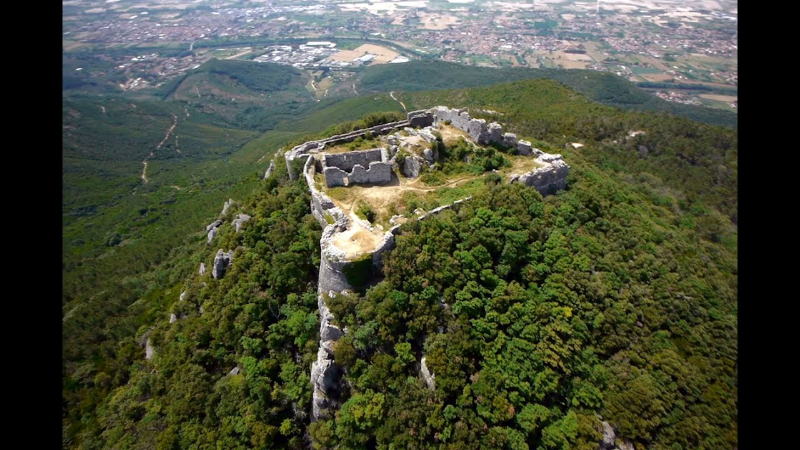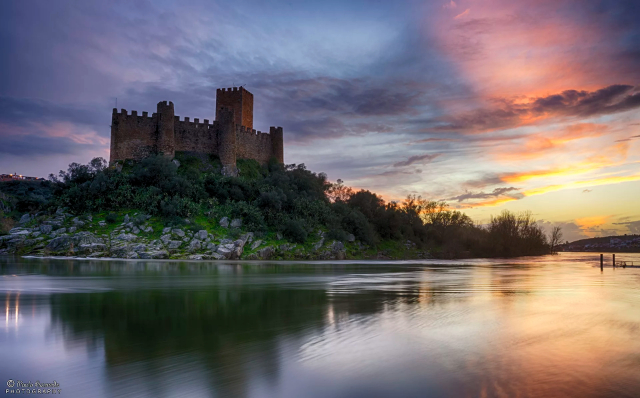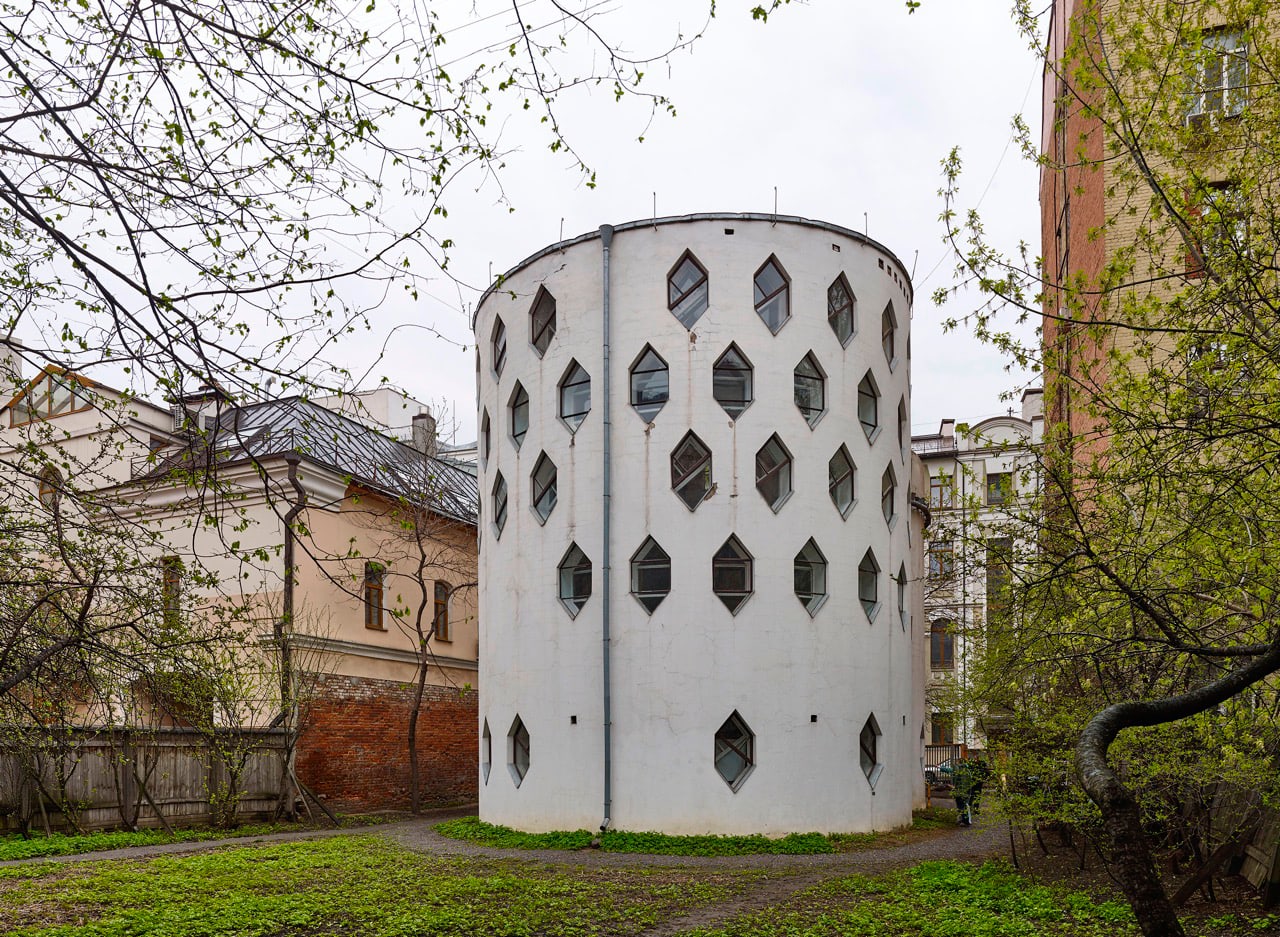Situated in a dominant position in the upper part of the city centre, it was partially destroyed by the 1783 earthquake. The upper part was built between the end of 1800 and the beginning of 1900 in brick, with mullioned windows, battlements, a decorated band, stone jambs, tuff and lava stone ashlars and ceramic floors. Almost quadrangular in shape, it develops on an imposing limestone shoe base that ends with a large bull. The fortress was built by Count Ruggiero to counter the Saracen raids. In ancient times the building was surrounded by two orders of crossbowmen, who from the parapets rose on the battlements of the walls, equipped with pieces of artillery, and around them there were twelve bronze cannons called " the twelve apostles". The entrance was equipped with a drawbridge and the central wall was enriched with a sundial and a sounding clock.
